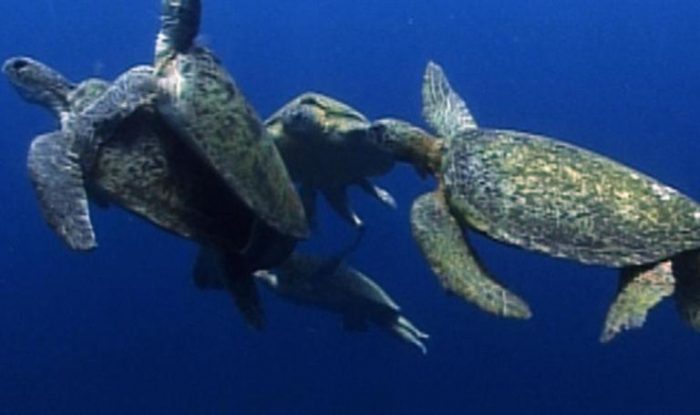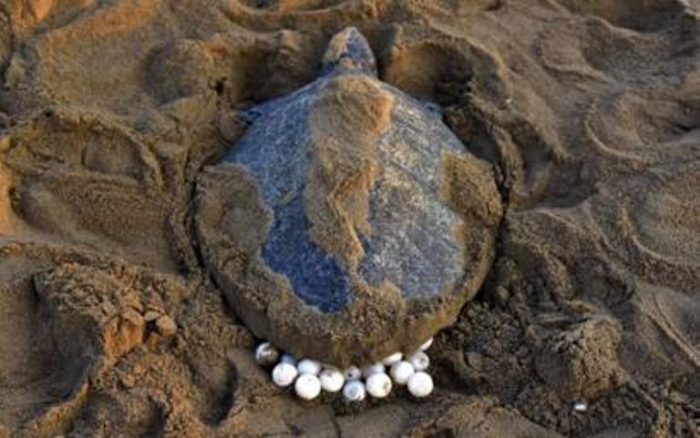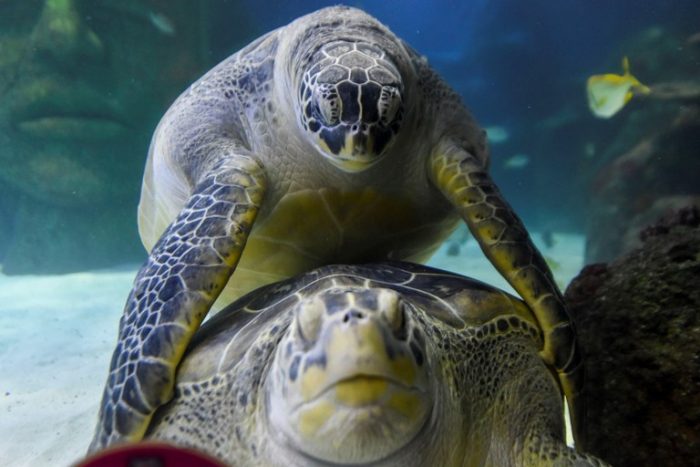Turtles are unique animals and have become one of man’s unusual pets in recent times. They belong to one of the oldest reptile groups and are more ancient than crocodiles or snakes. In the same way, as most reptiles, turtles do not thrive well in captivity but men continue to keep them as pets. It has also been confirmed over time that those in the wild breed easier than the caged ones but man has found ways to get turtles to mate outside of their natural habitat.
Amongst several things that stand turtles out are their unique reproductive habits and mating process. Although mating for them is quite natural and can move along smoothly and swiftly without much human intervention, anxious pet owners might be worried about what to expect when their turtle is mating, amongst other things. Here are a few pointers that might help to get turtles to mate.
Table of Contents
Things you need to do to get Turtles to mate
To get turtles to mate, there are several facts that need to be taken into consideration. It is common knowledge that turtles, like most mammals, need a male and female to actually get the mating process started. The female and male reproductive organs are located in their cloaca at the base of their tails. Males have a long tail, while females have short tails.
Moreover, it is not enough to get a male and female turtle together, as they must be sexually mature before they can breed. A female turtle needs to be about five years old and a male should have reached three years of age before they are considered sexually mature. Thus, if you get a breeding pair that has not yet attained sexual maturity, you will still have to wait for them to become sexually active before trying to mate them.
In preparation for the mating process or ritual as it is called in some quarters, the turtles have to be cooled. Bearing in mind that the natural abode of the turtles is in the sea, the aim of getting the reptiles to feel cooled is to make them feel like they are at sea in their natural habitat, which will increase their chances of breeding. Most turtles nest between the month of March to June; thus, it will be safer to begin to cool them three months prior to this time.
Another way to prepare your turtle for mating is to provide them with proper nutrition. More attention needs to be paid to the female in particular as she will need calcium and vitamin D in food and supplements to get them ready for the mating season.
The mating can take several hours and the female appears to be the one that will bear the brunt of it all. Once everything is set and the time is right, there is nothing much a breeder can do after providing them with the ideal environment, especially with lots of free space to move around. At this point, they are to be left alone to let nature take its course.
Do Turtles Make Noise During Mating?

During their mating ritual, turtles don’t make much noise asides from a few grunts here and there, which naturally come from the male.
When observed, the male turtle has the responsibility of initiating courtship by swimming backward in front of his choice female and tickling her face with his front claws. This can go on for hours or sometimes days before the female finally relents, allowing herself to succumb to the advances of the male. Eventually, she will allow herself to be mounted. Once the male mounts the female, he inserts his tail beneath hers to fertilize her eggs.
How do Turtles Have Their Babies?

Turtles have their babies through a process called nesting. It is important to have the nesting area prepped and ready once they begin to mate. To identify a pregnant turtle, gently insert your finger into the shell in front of her hind legs to feel for lumps. These lumps are eggs that will be laid once nesting begins. The nesting area should be moist and about 6 to 12 inches deep, so the turtles can dig holes big enough to contain their bodies to lay their eggs when the time is right.
Generally, turtles lay their eggs in several clutches during the nesting period. They lay their first clutch about three to six weeks after mating. The second clutch might come two weeks after the first clutch and the process continues in that manner. In a single season, a female turtle can lay up to eight clutches.
As a typical oviparous reptile, a turtle does not wait around to nurture its hatchlings. A female turtle lays its egg and leaves. The eggs are expected to hatch naturally without any maternal effort and the baby turtles instinctively break open their egg with the aid of their egg tooth.
Read Also: How To Breed Turtles: 12 Steps To Follow
How Do you Know if your Turtle is Mating or Having Eggs?
With the foregoing on how to get turtles to mate, we should also acknowledge that it is natural for turtles of matured age to lay eggs with or without a male present. What this means is that a male is not a prerequisite for female turtles to lay eggs; when a turtle that hasn’t mated lays eggs, it might lead to serious health issues for the female; moreover, these eggs are non-fertile.
Generally, when turtles that are sexually mature are placed together, nature is likely to take its course, and there is a tendency for them to mate, leading to the reproduction of their young. To confirm that your turtle has been mating or is with eggs, you can use your fingers to feel the eggs as aforementioned.
How to get Turtle Eggs to Hatch Faster
The incubation period for most turtles ranges from 45 to 75 days, depending on the kind of weather they are exposed to. According to research, one way to make turtle eggs hatch faster is to place them in a warmer temperature as a cooler temperature has been confirmed to slow down the process of hatching.
Moreover, the temperature also determines the sex in turtles as female turtles have been confirmed to hatch under higher temperatures (not more than 85 degrees though). On the other hand, a lower temperature is likely to give rise to male turtles.
